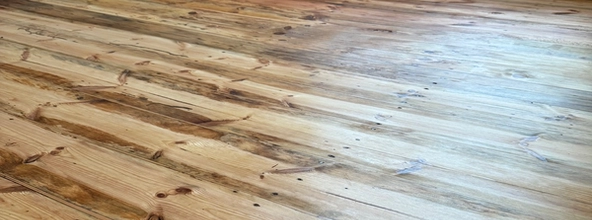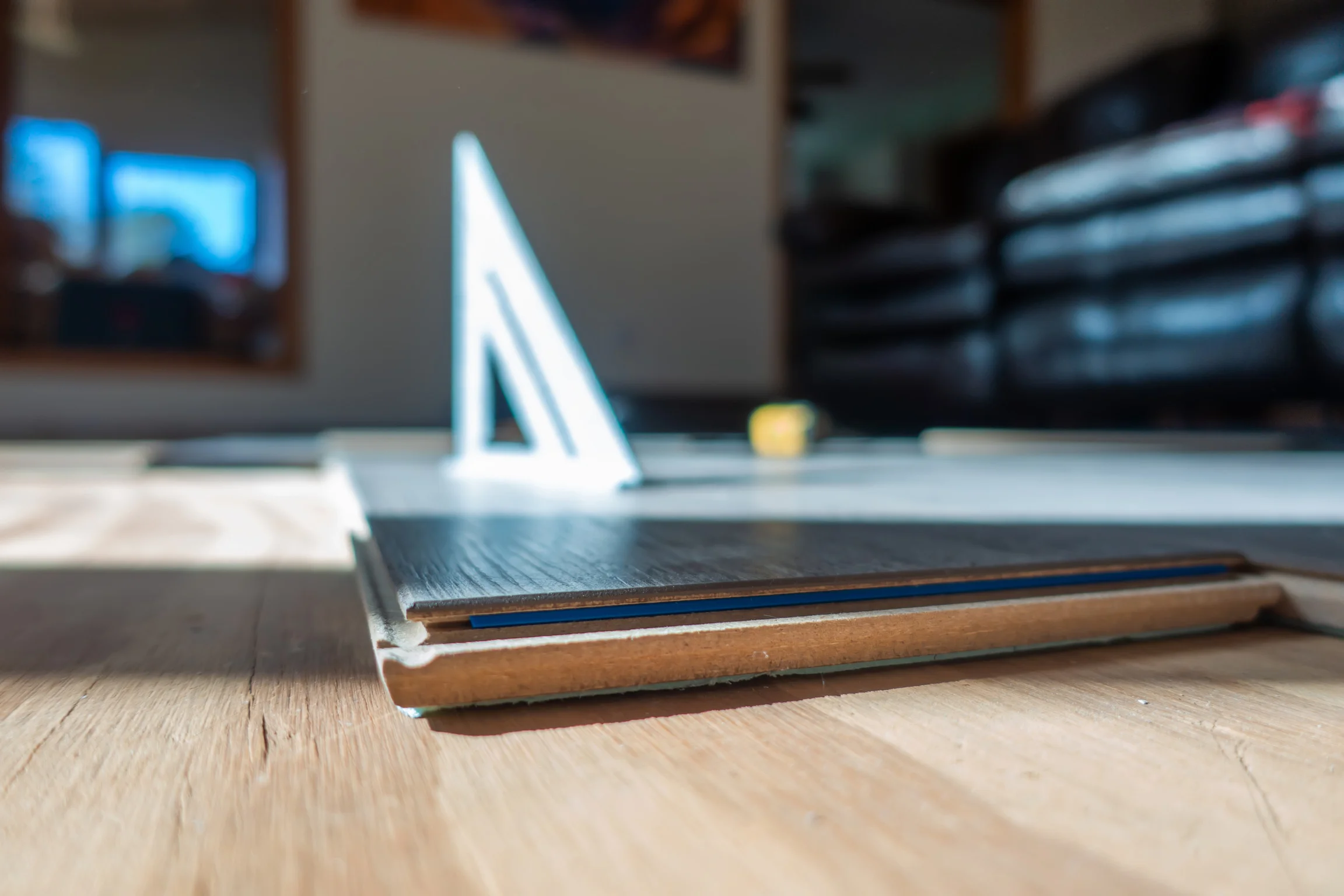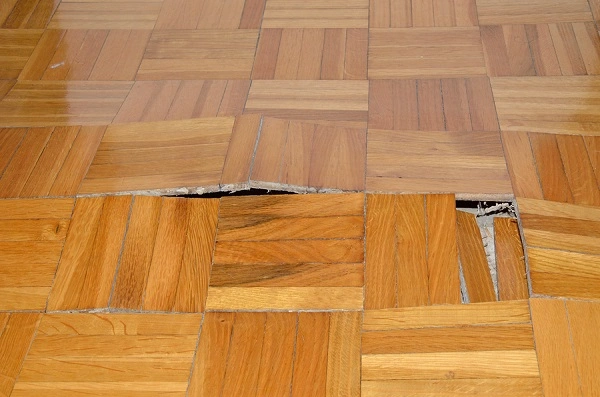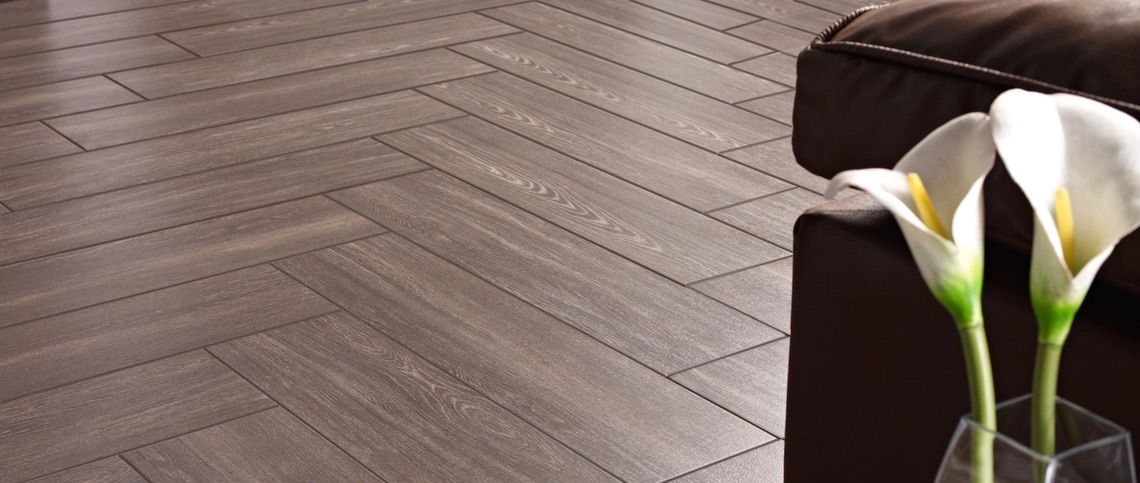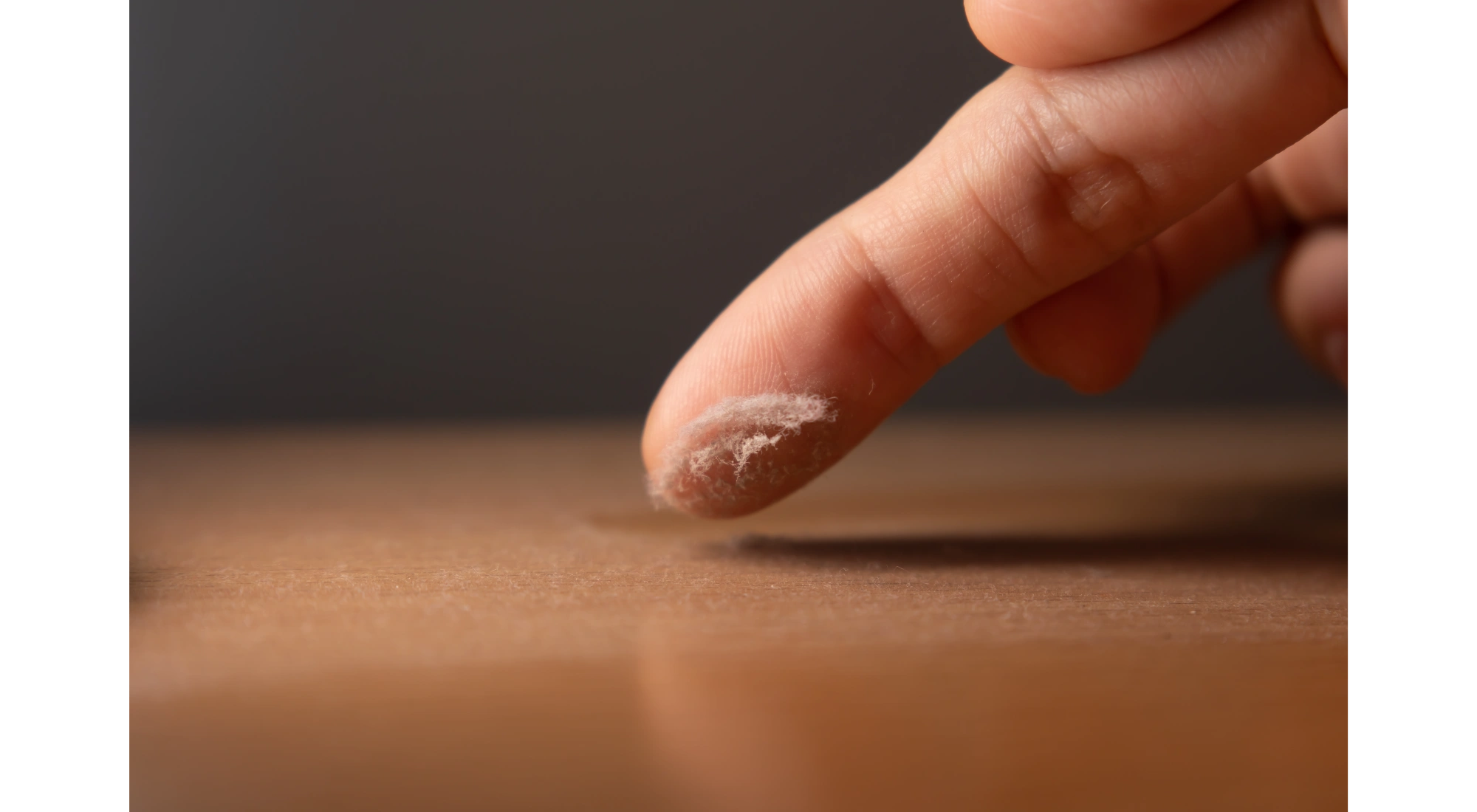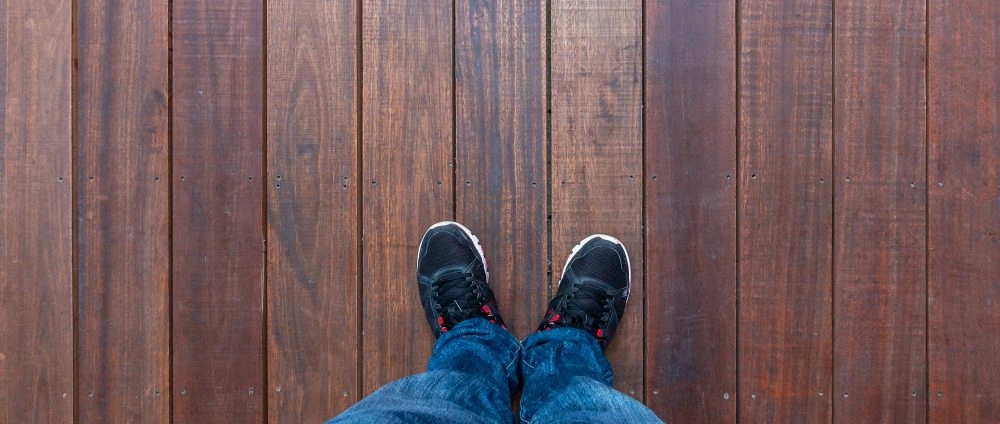04 Apr 2023
Oil or Lacquer Finish on My Wooden Floors
Is it better to use an oil or lacquer finish on my floor?
When you are done sanding your floor now the question is what would you like to protect it with?
There are several distinct kinds of floor finishes on the market these days. Two of the most popular are oil or hard wax oil and water-based lacquer, both have advantages and drawbacks. Which one is better for your floor? We’ll look at the distinctions between oil finishes and water-based lacquer in this blog post, as well as assist you in determining which is best for your needs.
How does it look?
Visual appeal is frequently the primary consideration. This is a highly individual choice. I don’t like to categorize things into nice and ugly; they’re all just different! One cannot exist without the other. Oil finishing will provide you with a more organic look to your floor. With lacquer finishing, you can opt for different looks. Keep reading for more info :).
Performance of the finished floor
There isn’t a clear winner of these sorts. If you pick a high-quality brand like Pallmann, you’ll be fine no matter what. You may select from 1k or 2k products depending on your budget. Regardless, 2k products will always outperform 1k finishes.
Detailed explanation
Oil
Choose this one for the most natural result If you want beautiful, natural-looking wood flooring. The major advantages of oil finishes are that they saturate the wood and give a more natural appearance. It also brings out the wood grain and localised repairs can be done.
You’d claim they require more maintenance than lacquers, as you would need to re-oil every few years. Nowadays, highly durable 2-component oils like Magic Oil 2K from Pallmann are available, you cannot compare it to any 1K product. I finished my worktop with it 5 years ago and it still looks fantastic. Although, we adore our worktop and take care of it. We wipe out any incidents right away, dry the surface around the sink, and so on. It’s all about maintenance!
Water-based lacquers
Water-based lacquers are becoming increasingly popular. They are more environmentally friendly than solvent lacquers, which have an impact on the ozone layer.
There are so many possibilities when it comes to selecting the lacquers. Pall-X 94 is a very basic domestic lacquer. Pall-X 96 is a one-component, premium lacquer with a blue angles certificate for household usage. Pall-X 98 is a two-component lacquer with an extra hardener for finishing commercial properties or sports halls. Lacquers with a white pigment, such as 2-component lacquer Pall-X Pure, produce the ‘bare wood’ appearance. Our favourite is Pall-X Zero since it is the most environmentally friendly because it does not contain any VOCs (Volatile Organic Compounds). The range ‘Zero’ takes longer to dry and is more expensive than the others. It may, however, be less expensive in the long run because it is the most durable of all.
When you apply the lacquers incorrectly, you may get a ‘plastic’ sheen on the floor. The more coats you put on, the more ‘plastic’ it seems. This is why a water-based roller should be used to properly distribute the layers so that they meet the manufacturer’s recommendations.
So, should I choose oil or lacquer?
There is no easy answer. It depends on your requirements and preferences. If you want a natural look for your floor, oil is the way to go. Water-based lacquer may be more suitable if you want a little more shine. Whatever you pick, be sure it’s done by a professional with the appropriate equipment.
If you have any further questions, please contact us and we’ll be delighted to help.
Happy finishing! 😉 `

